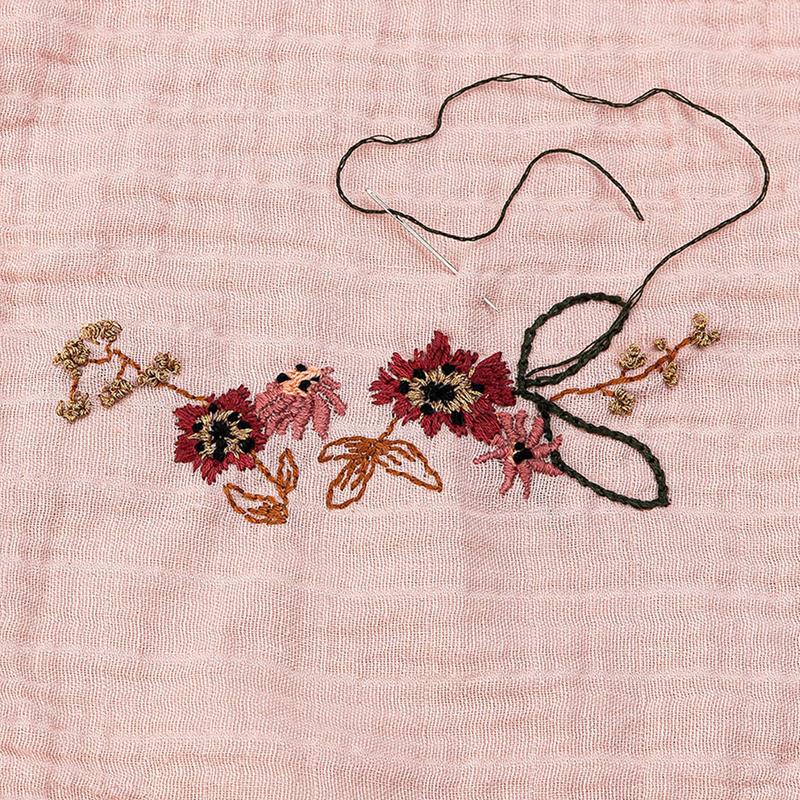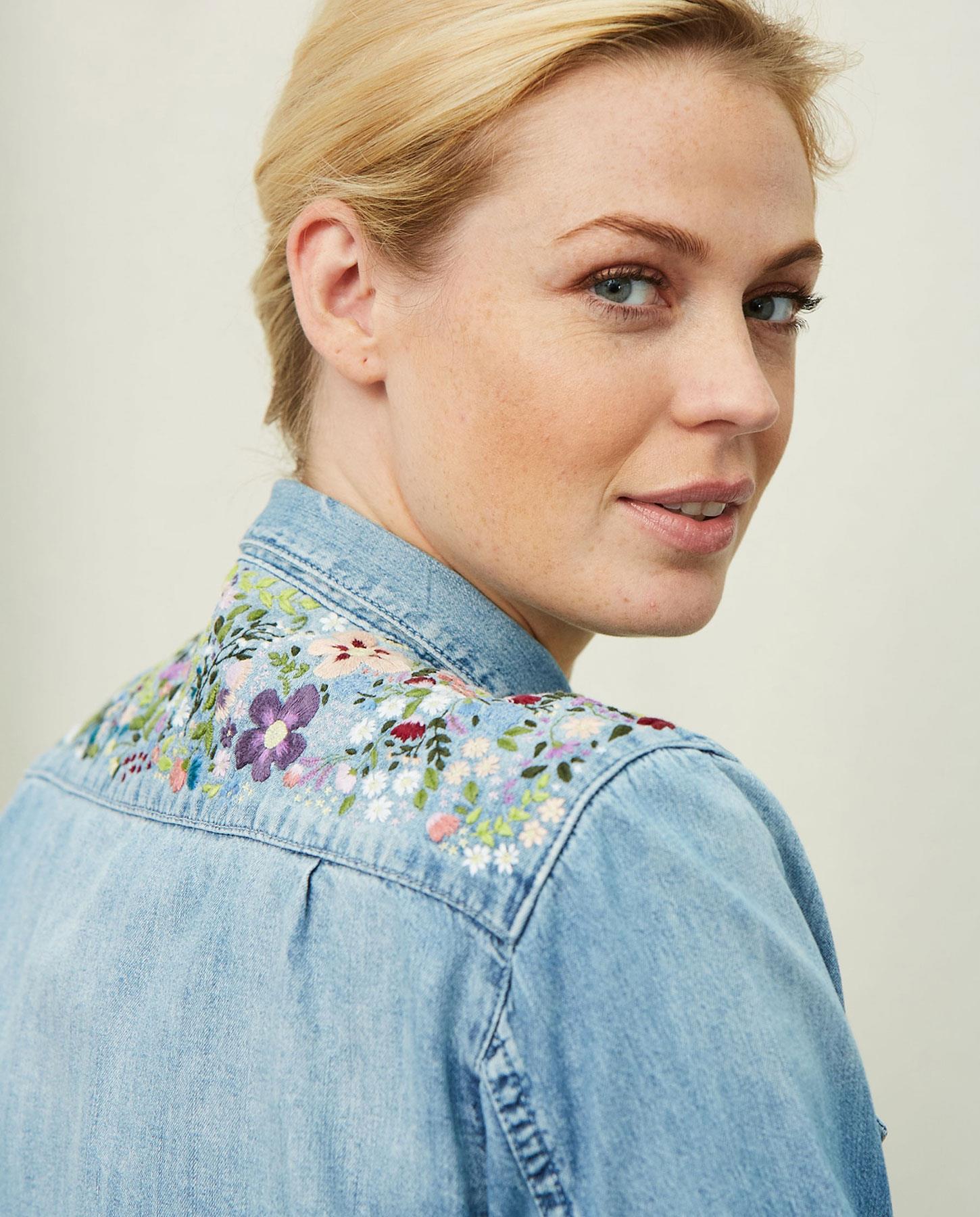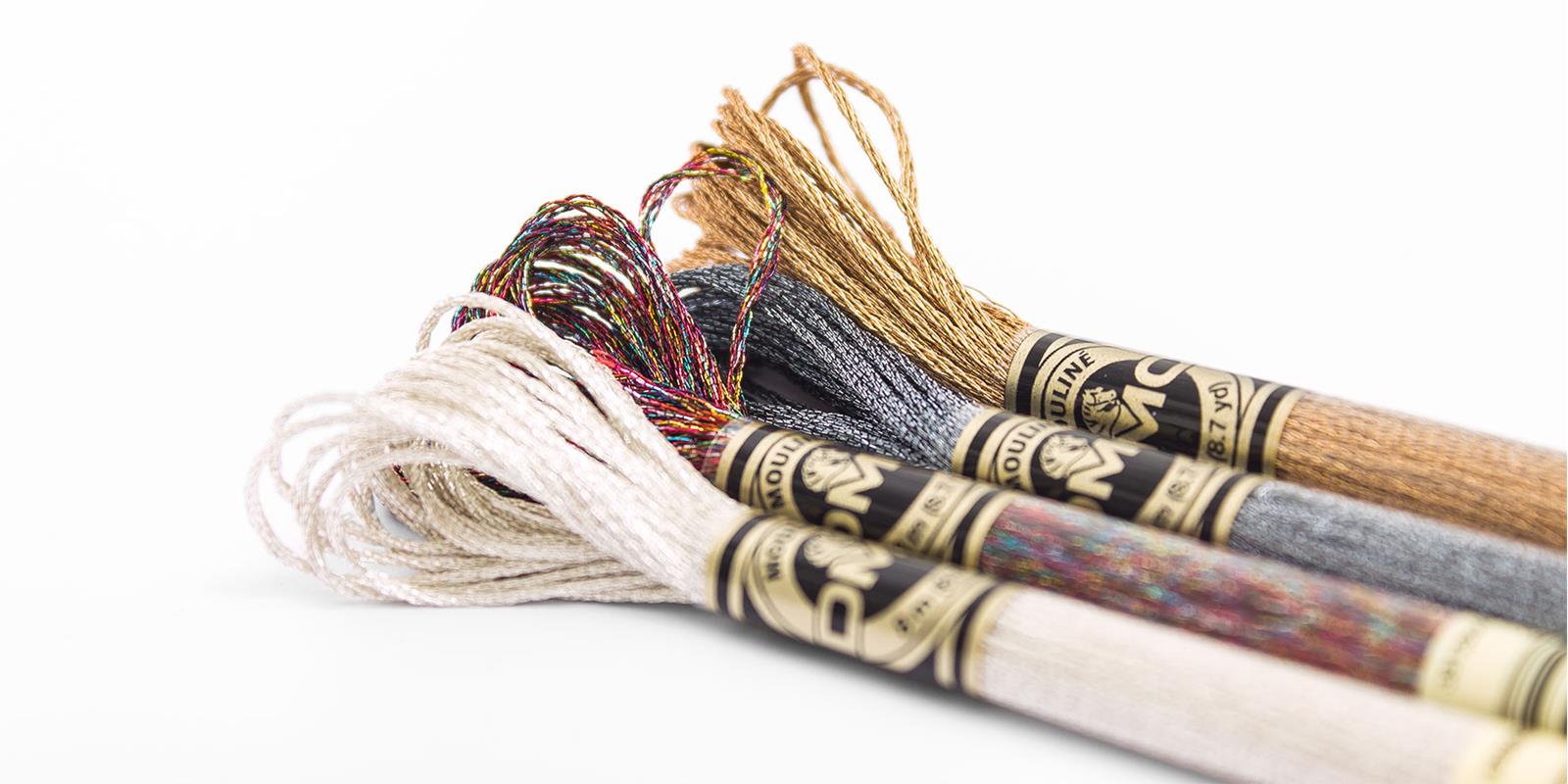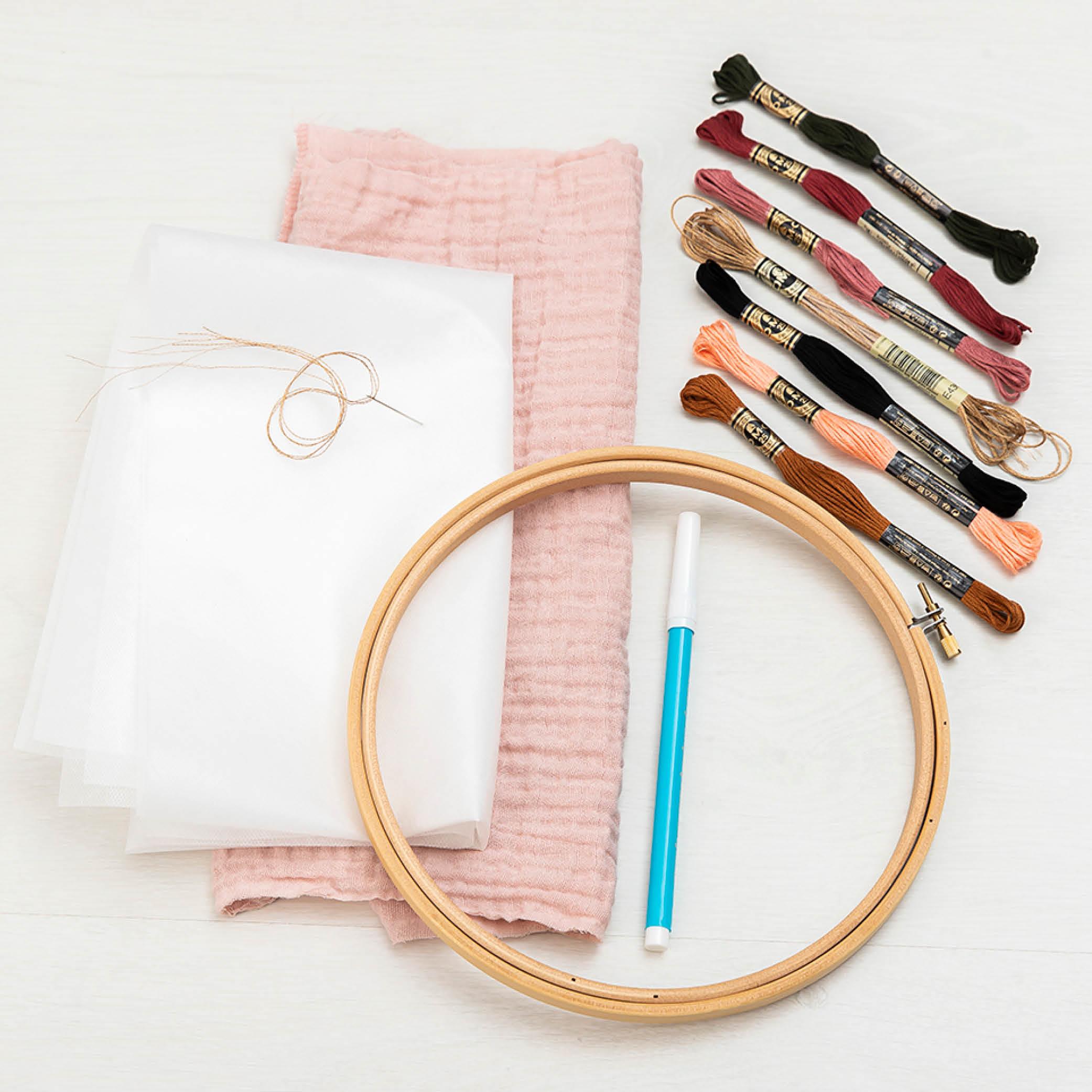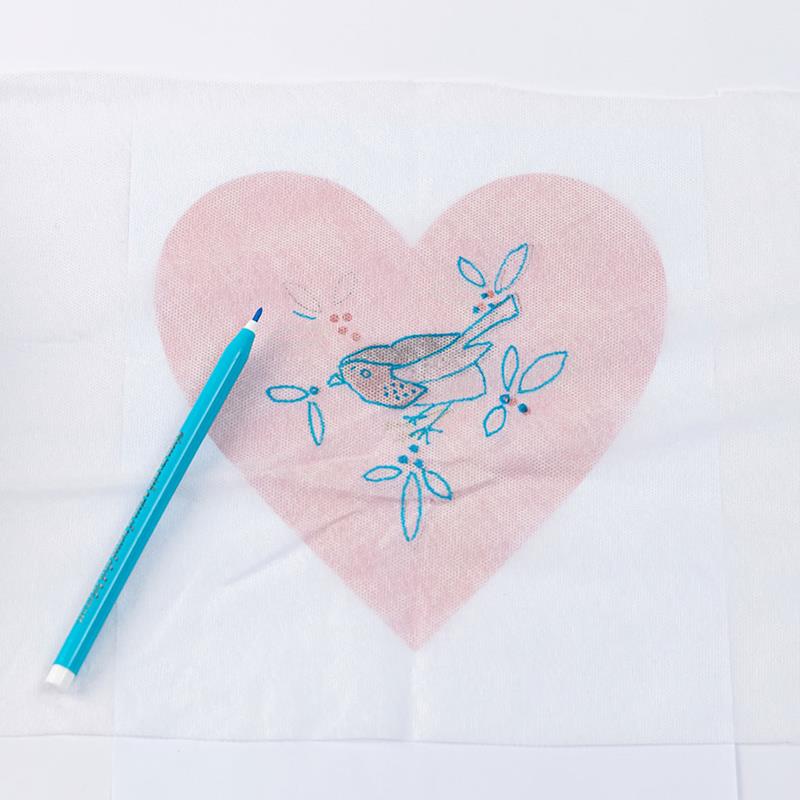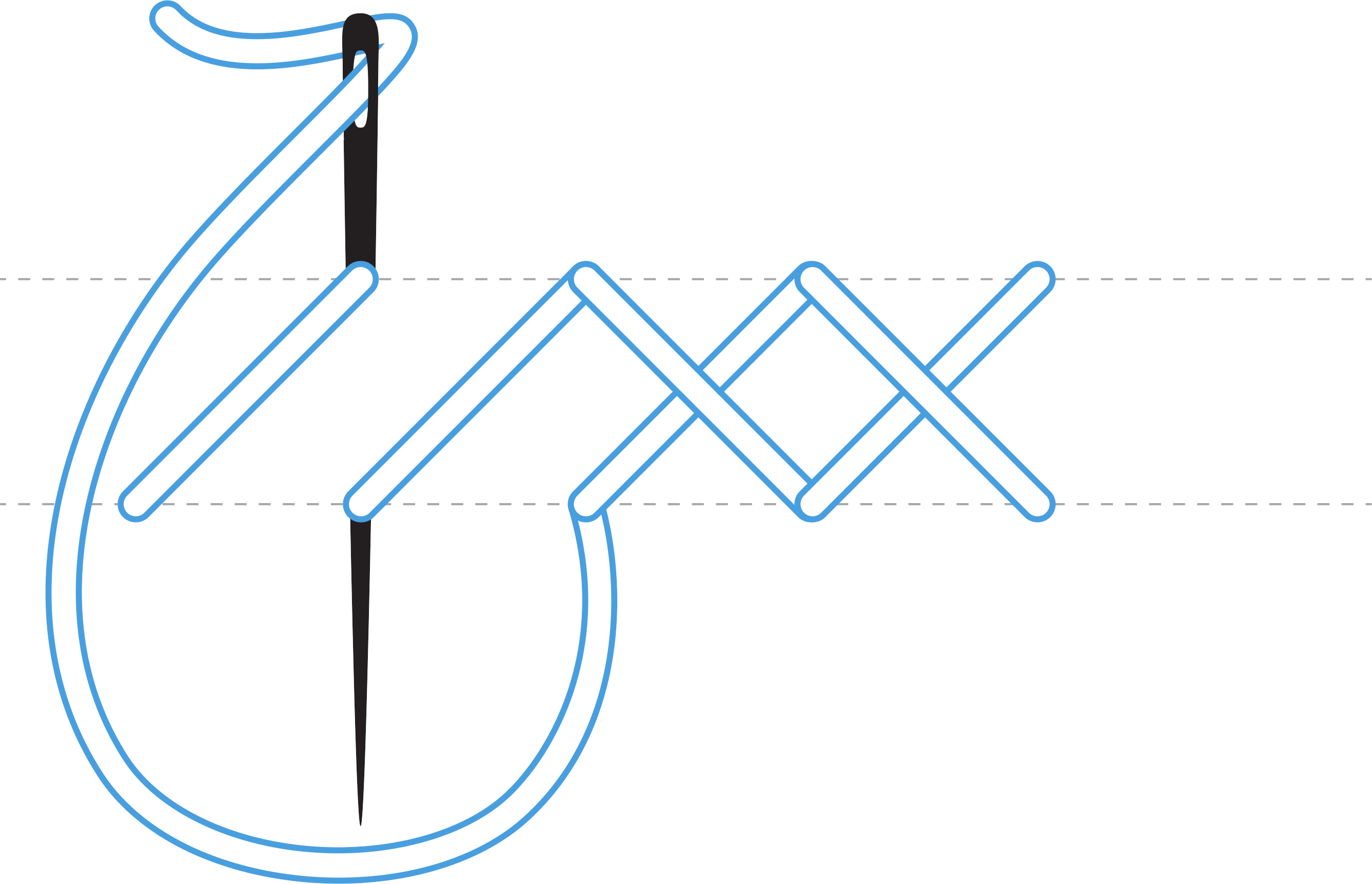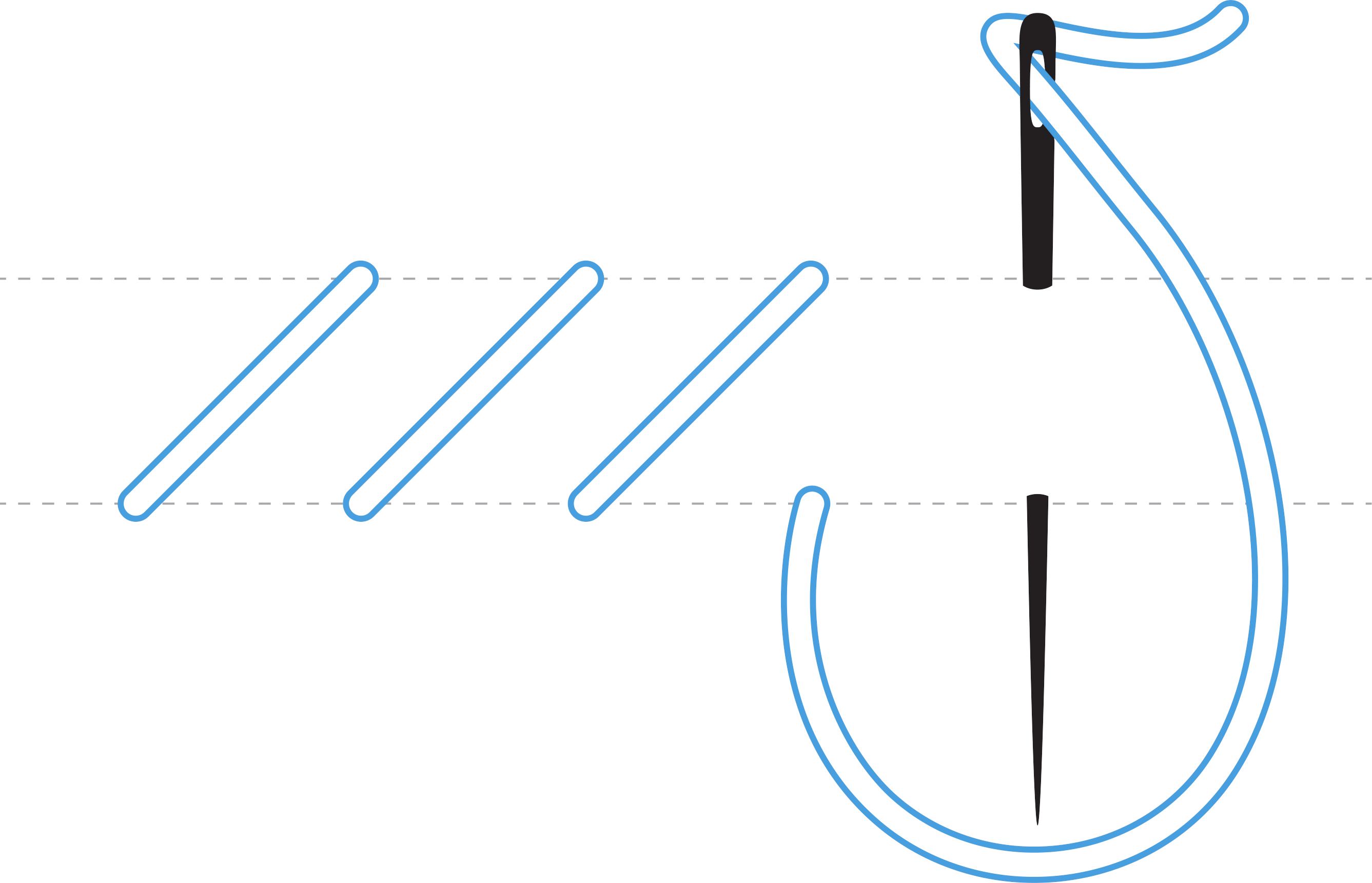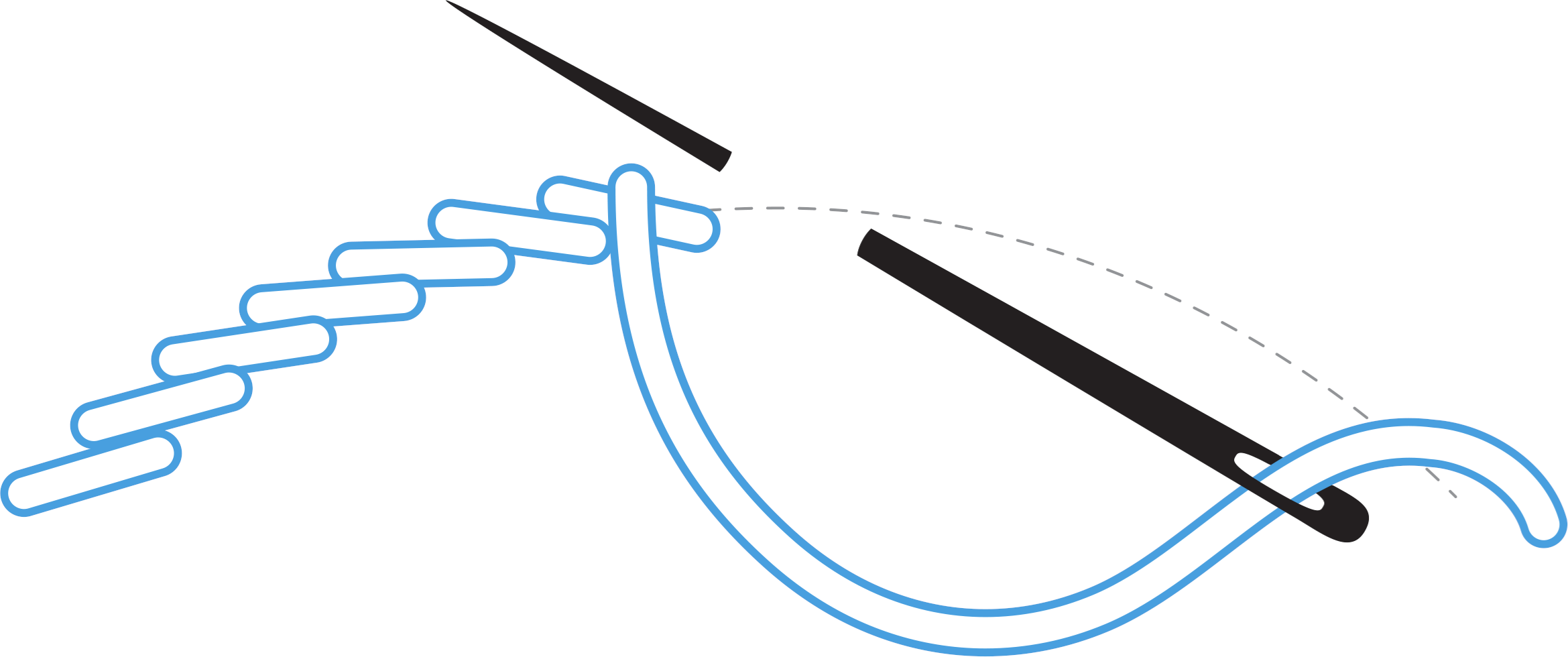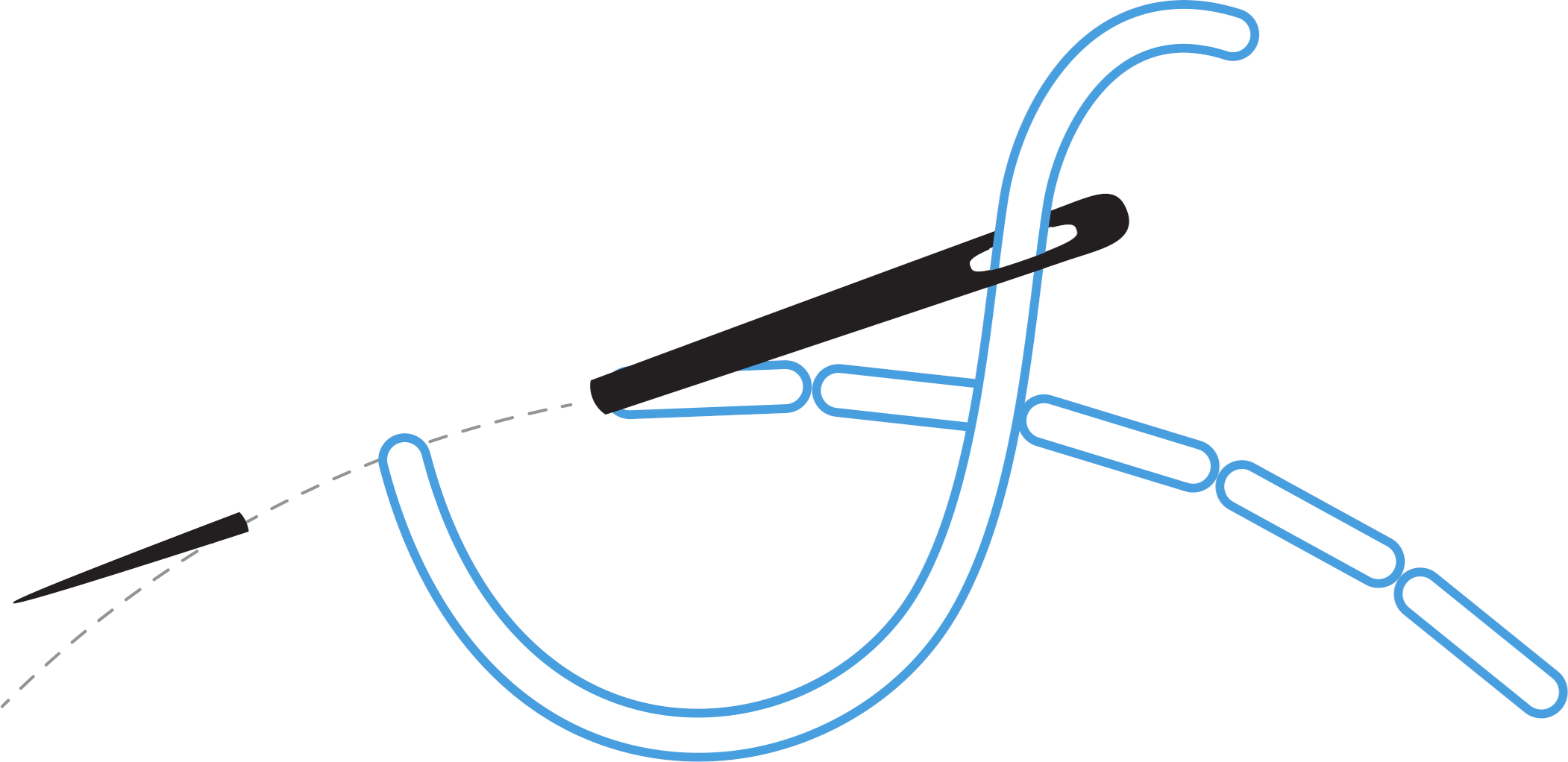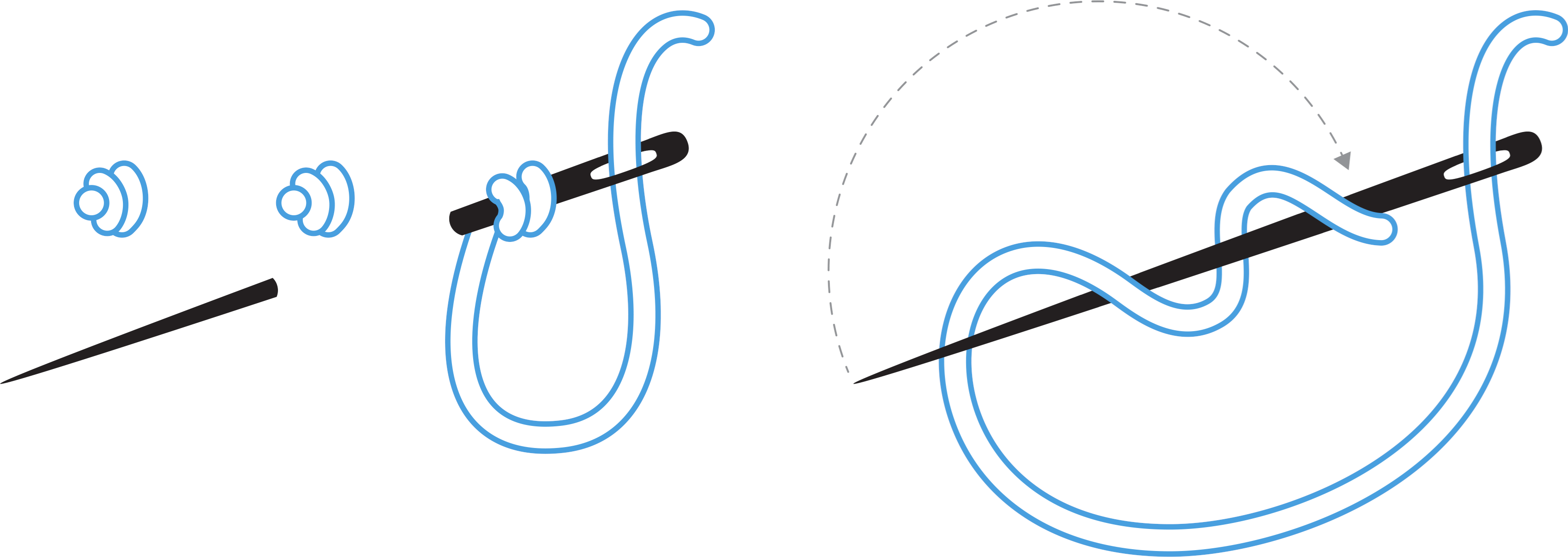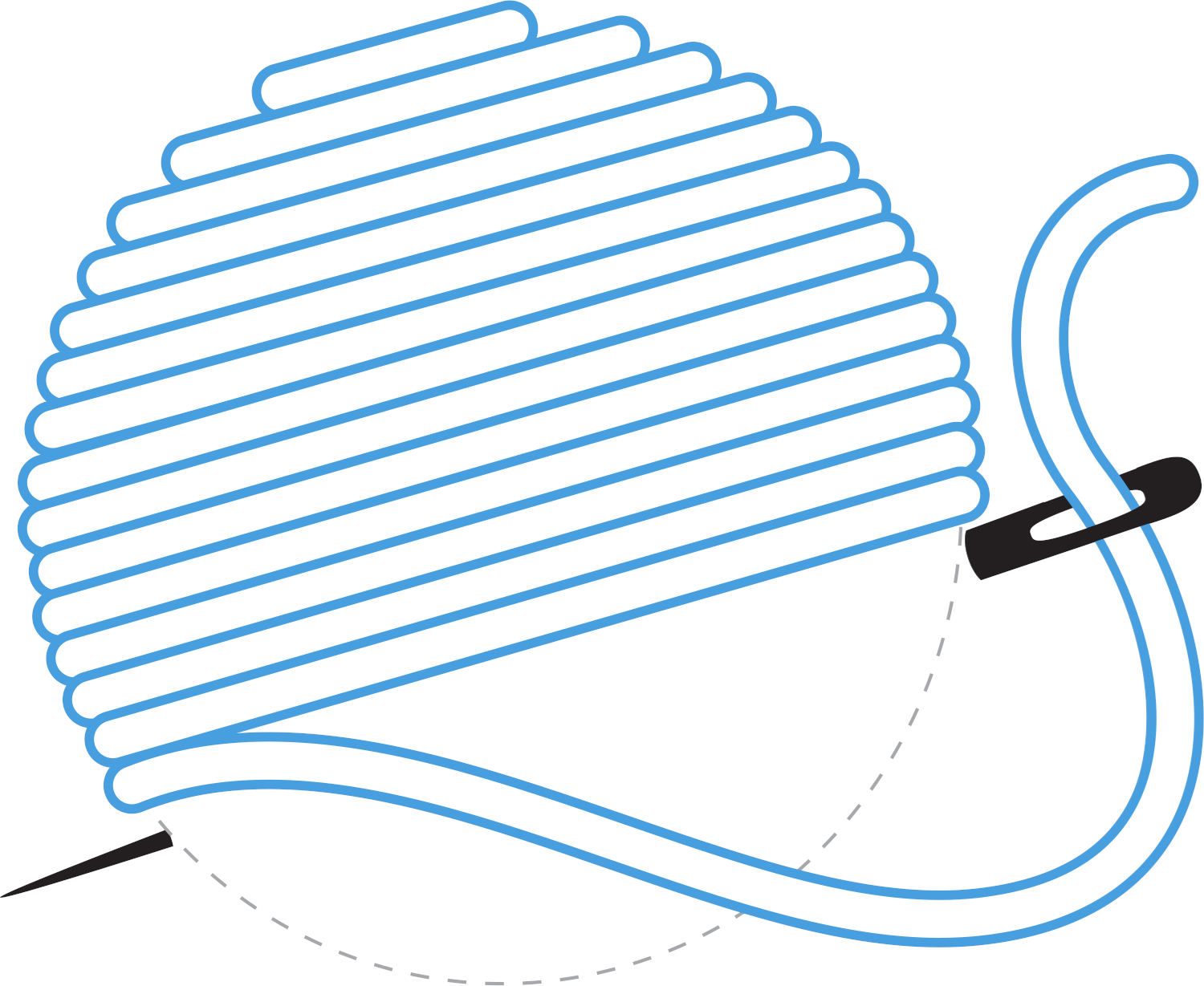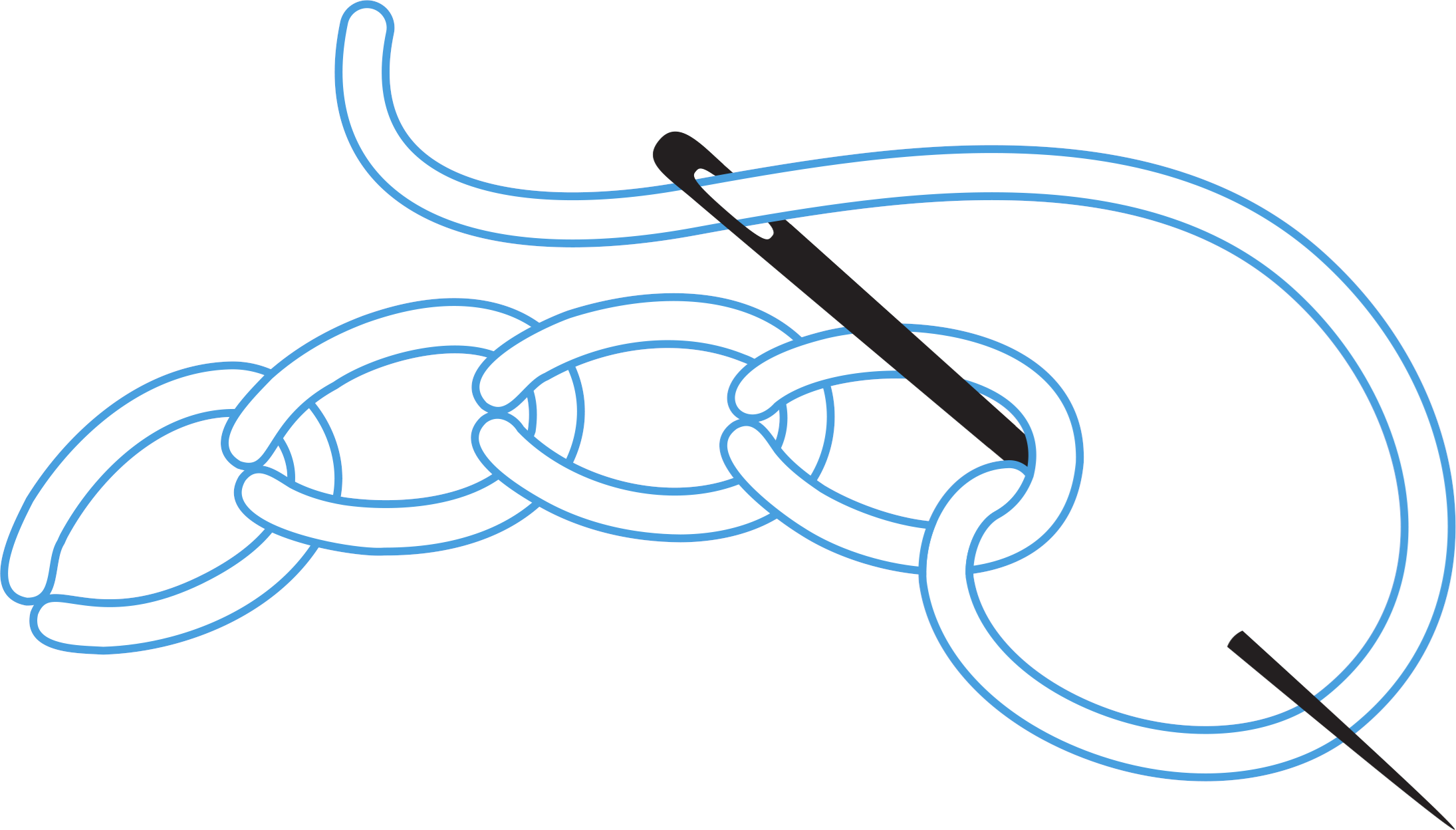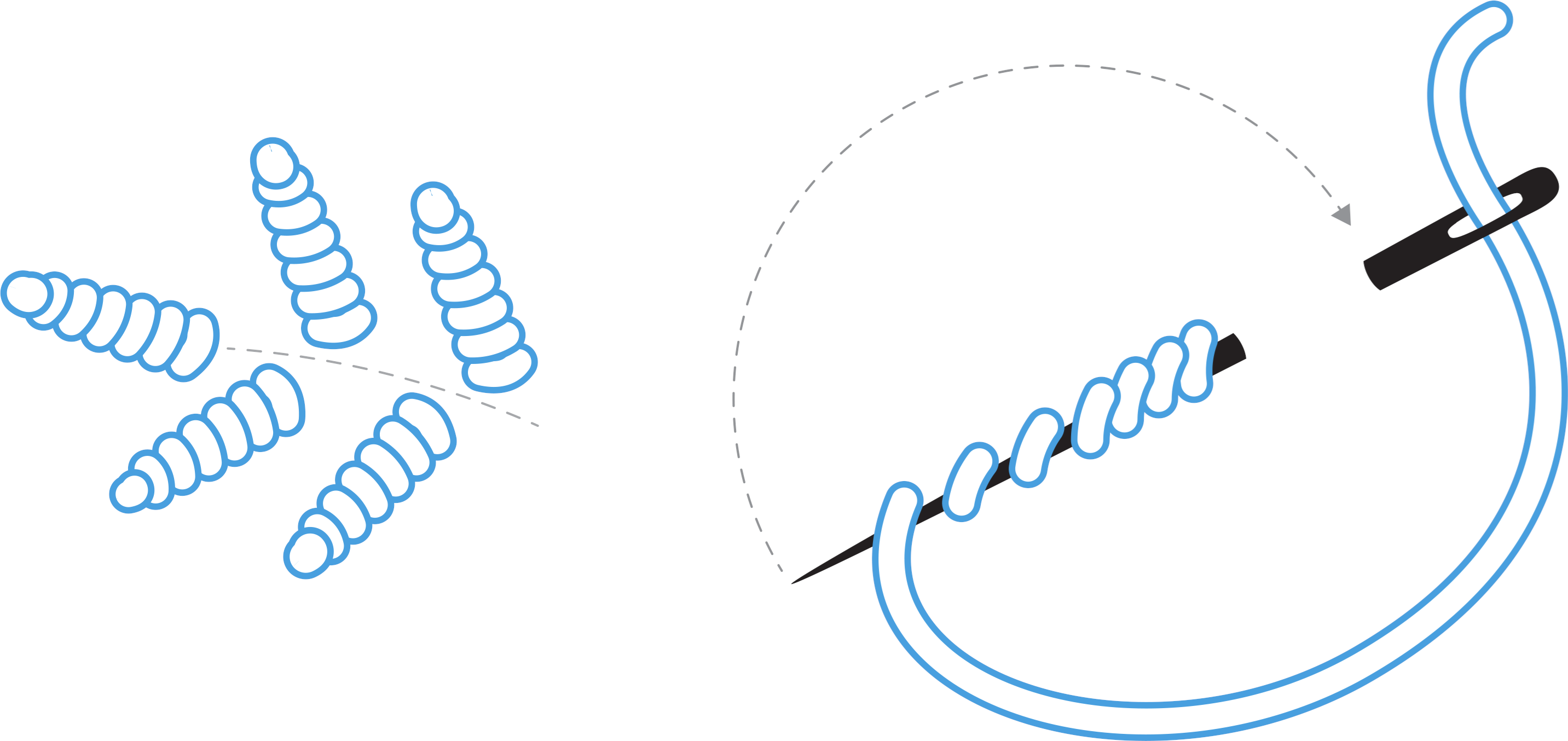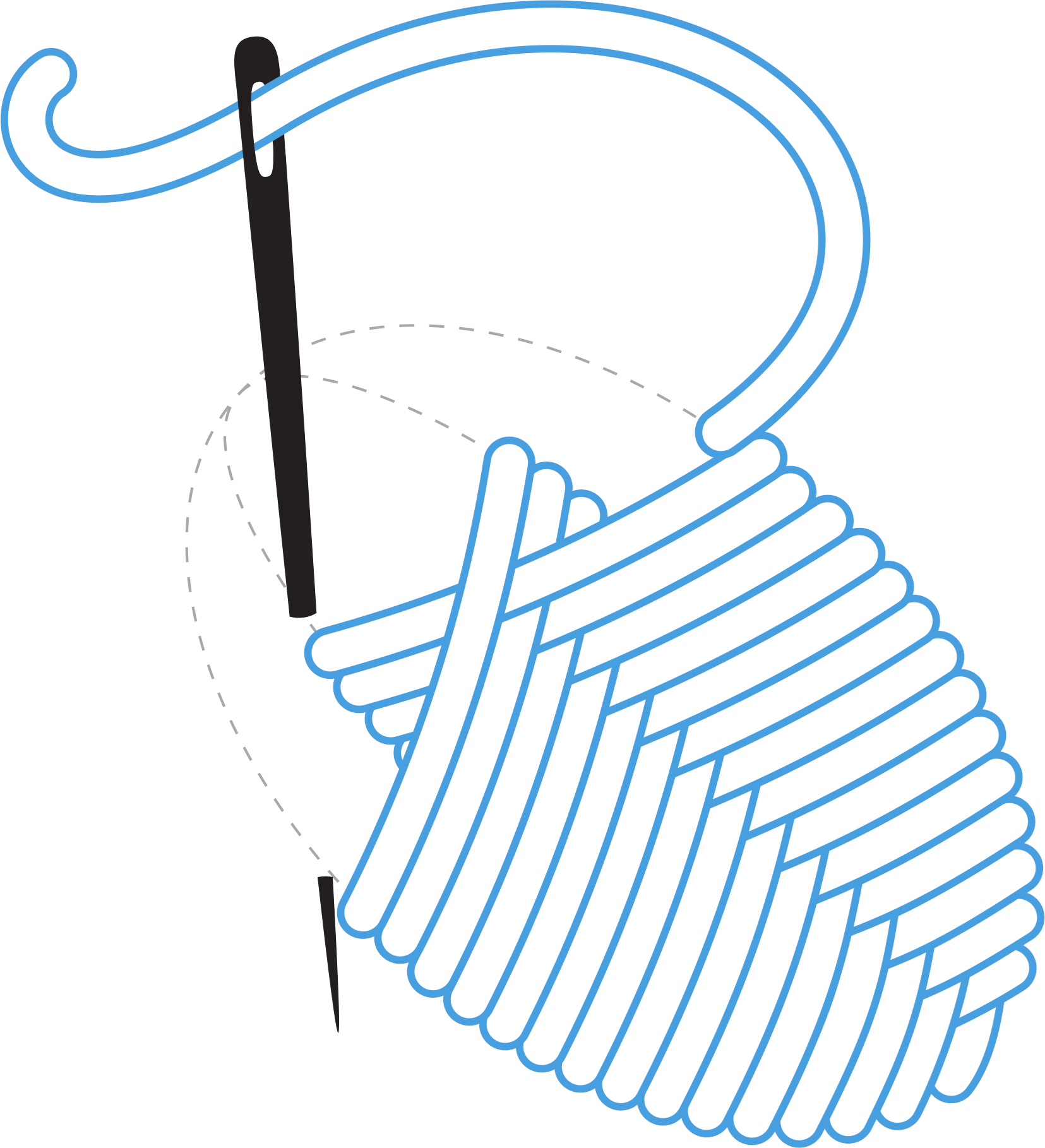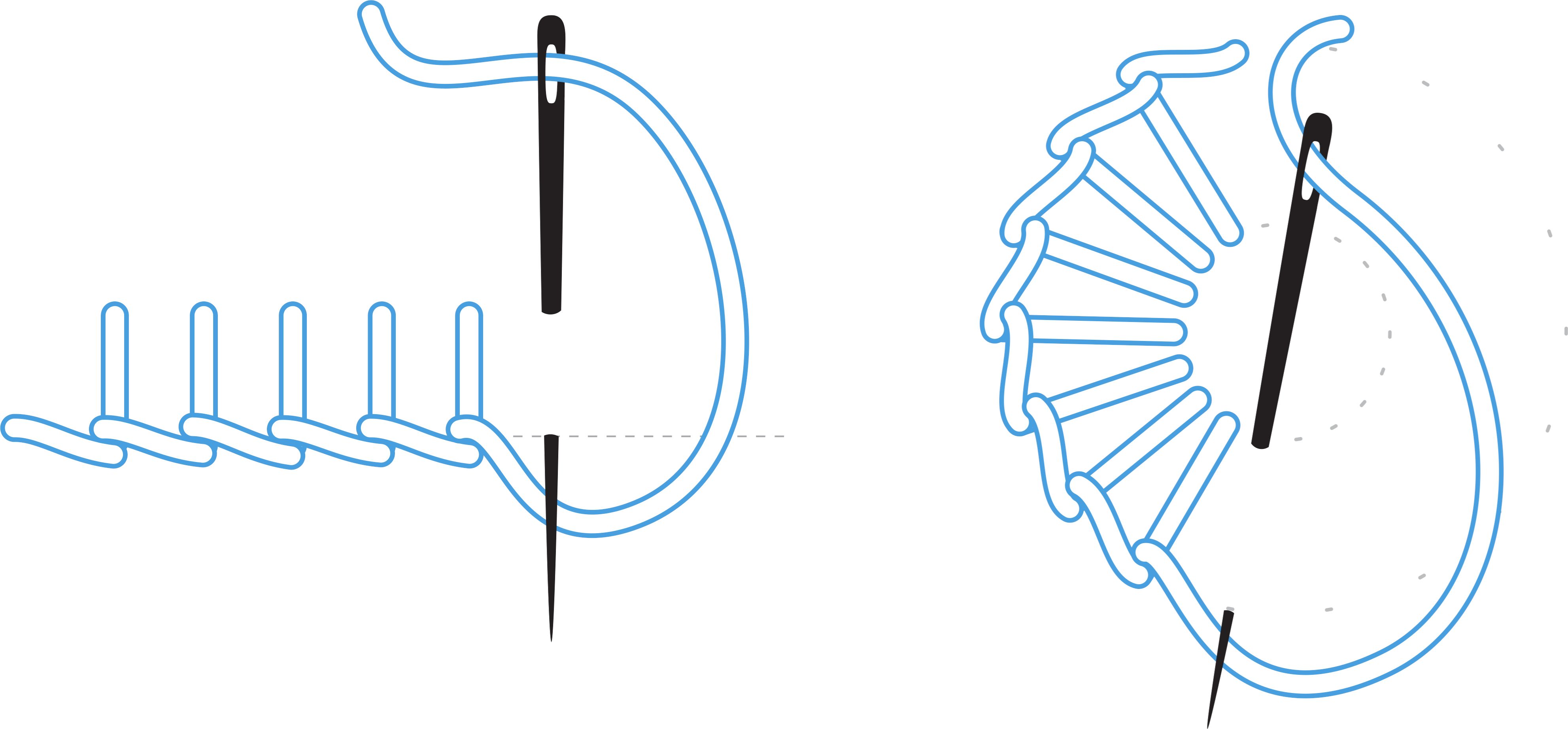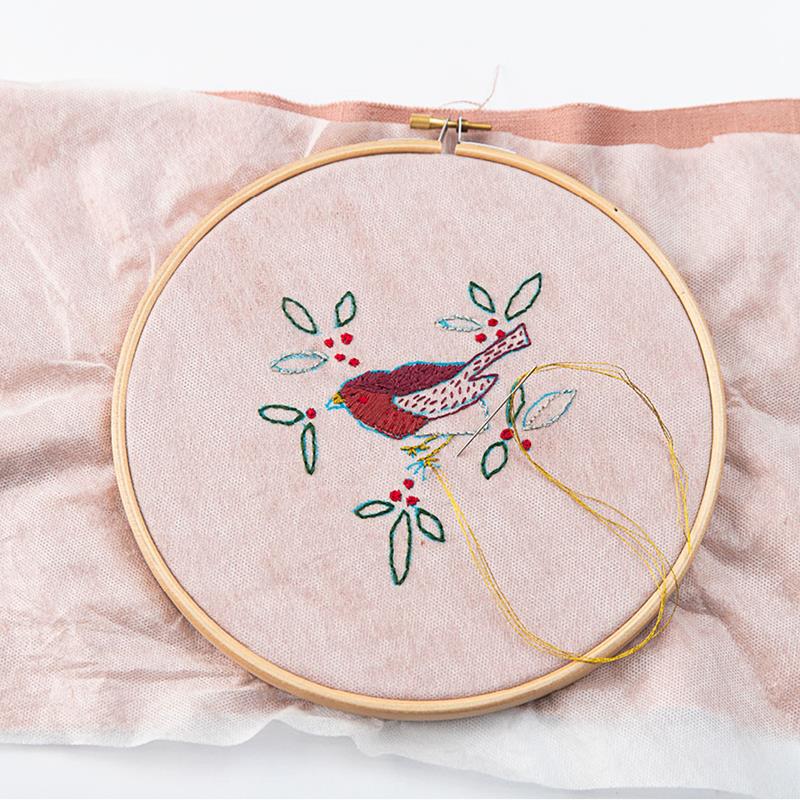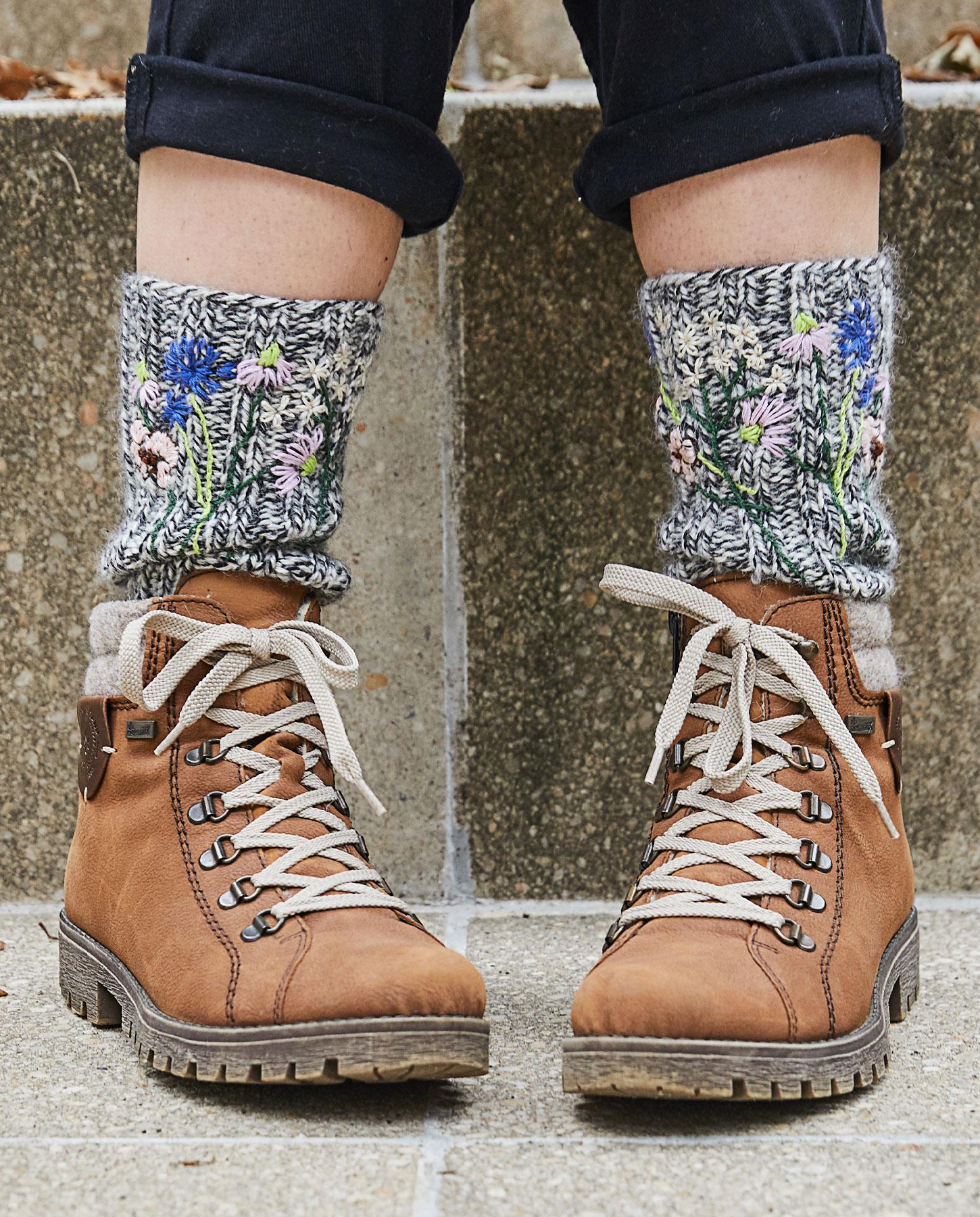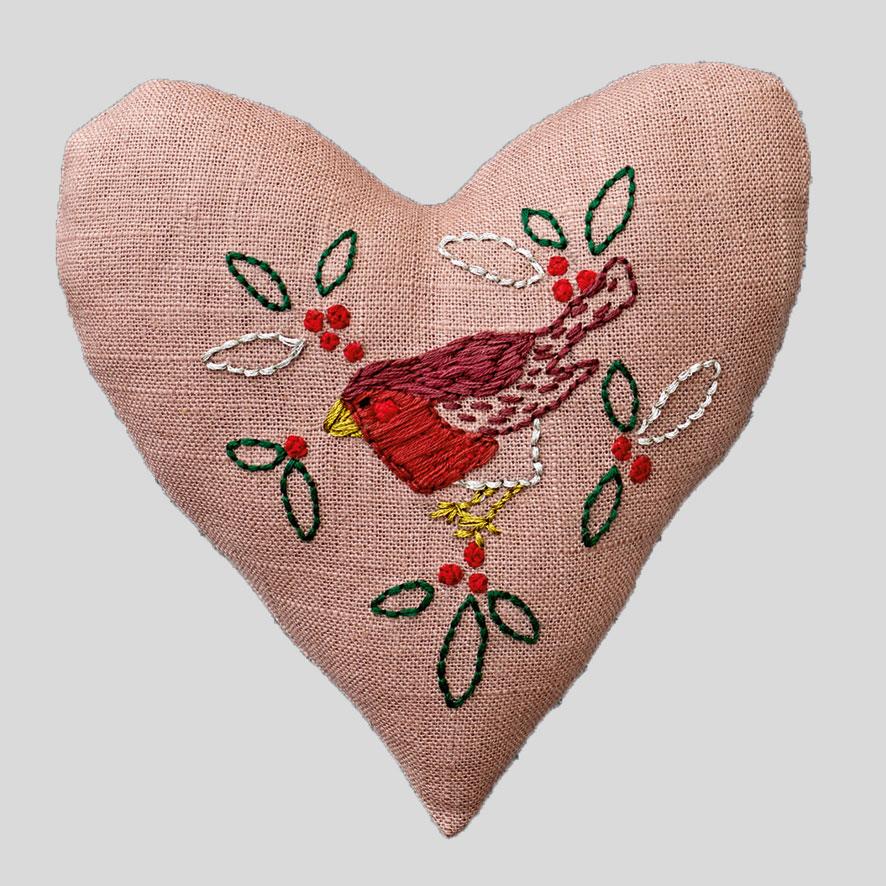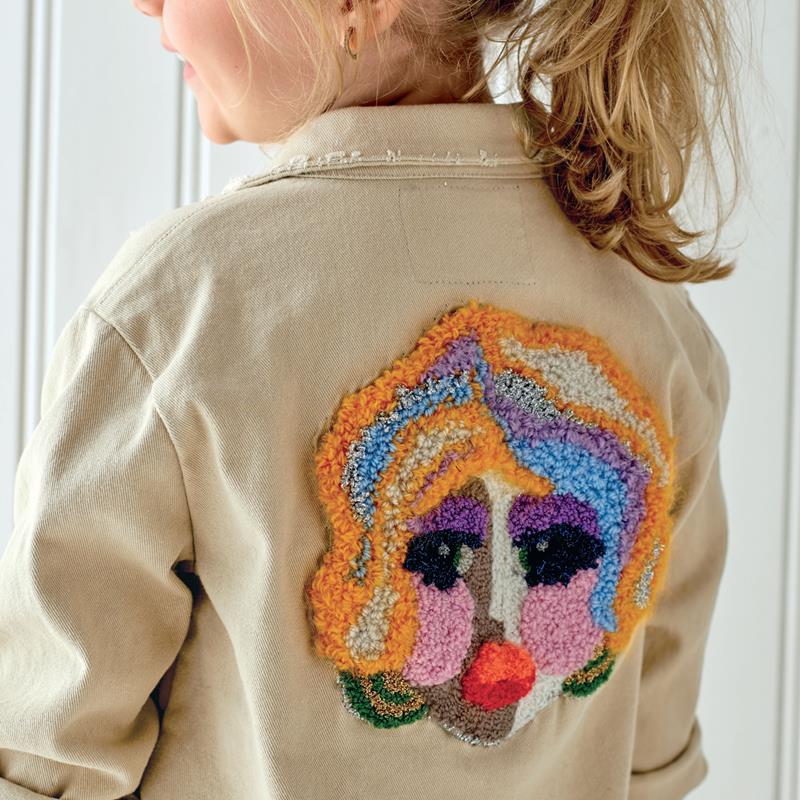#1 Attach your fabric to an embroidery hoop
By attaching your fabric/fleece to an embroidery hoop, you keep the fabric free of creases when embroidering. At the same time, it ensures that you embroider neither too tightly nor too loosely.
Tip: Tighten the fabric once in a while. If you are making large embroidery on water-soluble fleece, you may want to thread the fleece to your fabric to keep it in place. You'll have to move the embroidery as you go.
Keep your template, freehand drawing or pattern next to you when embroidering as an extra guide.
#2 Split your embroidery thread
Our embroidery thread has six strands. But you don't typically need all of them - just the number described in the pattern you're using.
For cross stitch, for example, you often use only two threads, as you need to thread the thread through small holes. If you embroider freehand, you can basically decide how many threads you want to use - depending on how fine or coarse you want the embroidery.
This is how you split your embroidery thread
Cut a piece of your embroidery thread (approx. 50 cm) and separate a thread by slowly pulling it out from the remaining threads. Pull out the number of threads you need and reconnect them by holding them together at one end and gently running your hand over them. This way you will make them hang together again.
If, while embroidering, you run out of thread in the colour you are embroidering with, you have the option of tacking the end to the back and starting a new thread.
